12 Tips for Taking Stunning Wildlife Photos
Whether you have dreams of shooting for National Geographic or simply want to capture the critters in your backyard, our 12 tips are guaranteed to improve your wildlife photography skills.
12 Tips for Taking Stunning Photos of Wildlife
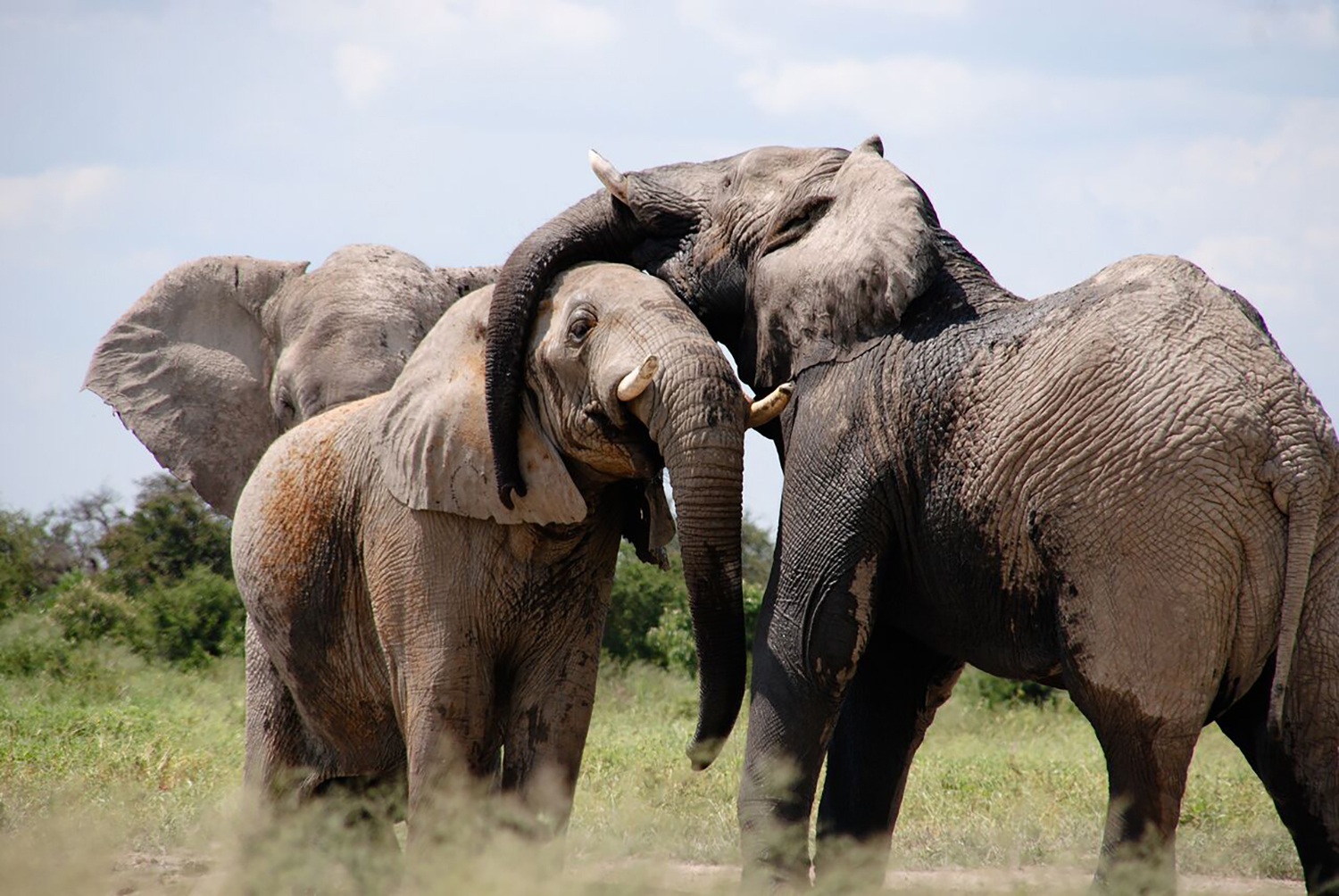
Advances in digital photography are making it easier than ever to capture stunning images of wildlife. Our quick tips cover everything from lenses to camouflage, so you can get the same type of results the pros do.
Credit: Pexels.com
Go to where the wild things are
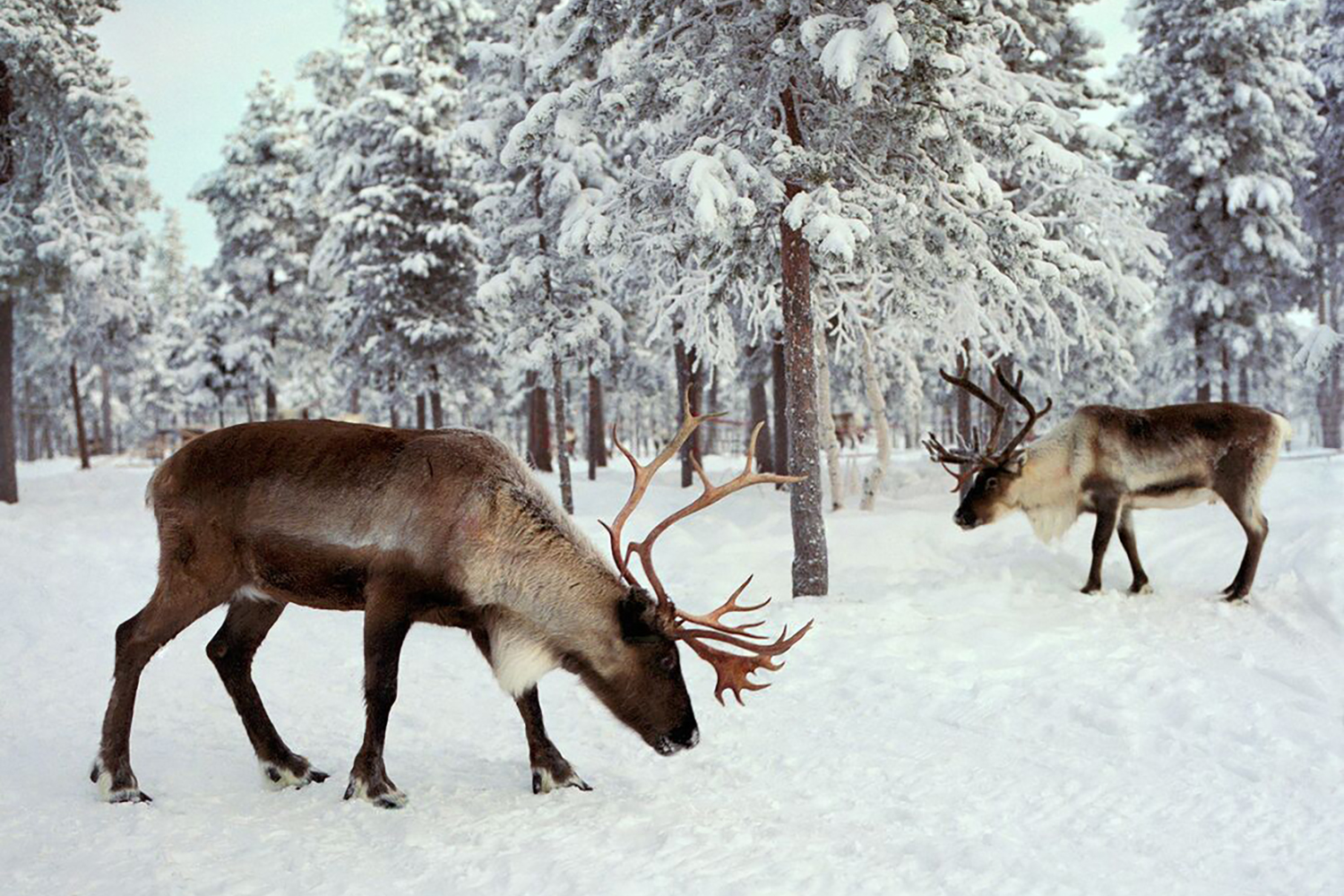
It may seem like a no-brainer, but to take great wildlife photos, you’ll need to venture beyond your backyard. Consider booking a safari, guided nature tour or whale-watching excursion to get up close and personal with the animals you want to photograph. If that’s not an option, head to a local nature preserve or wilderness area. Zoos and aquariums are also convenient places for sharpening your wildlife photography skills.
Credit: Pexels.com
Use a long lens
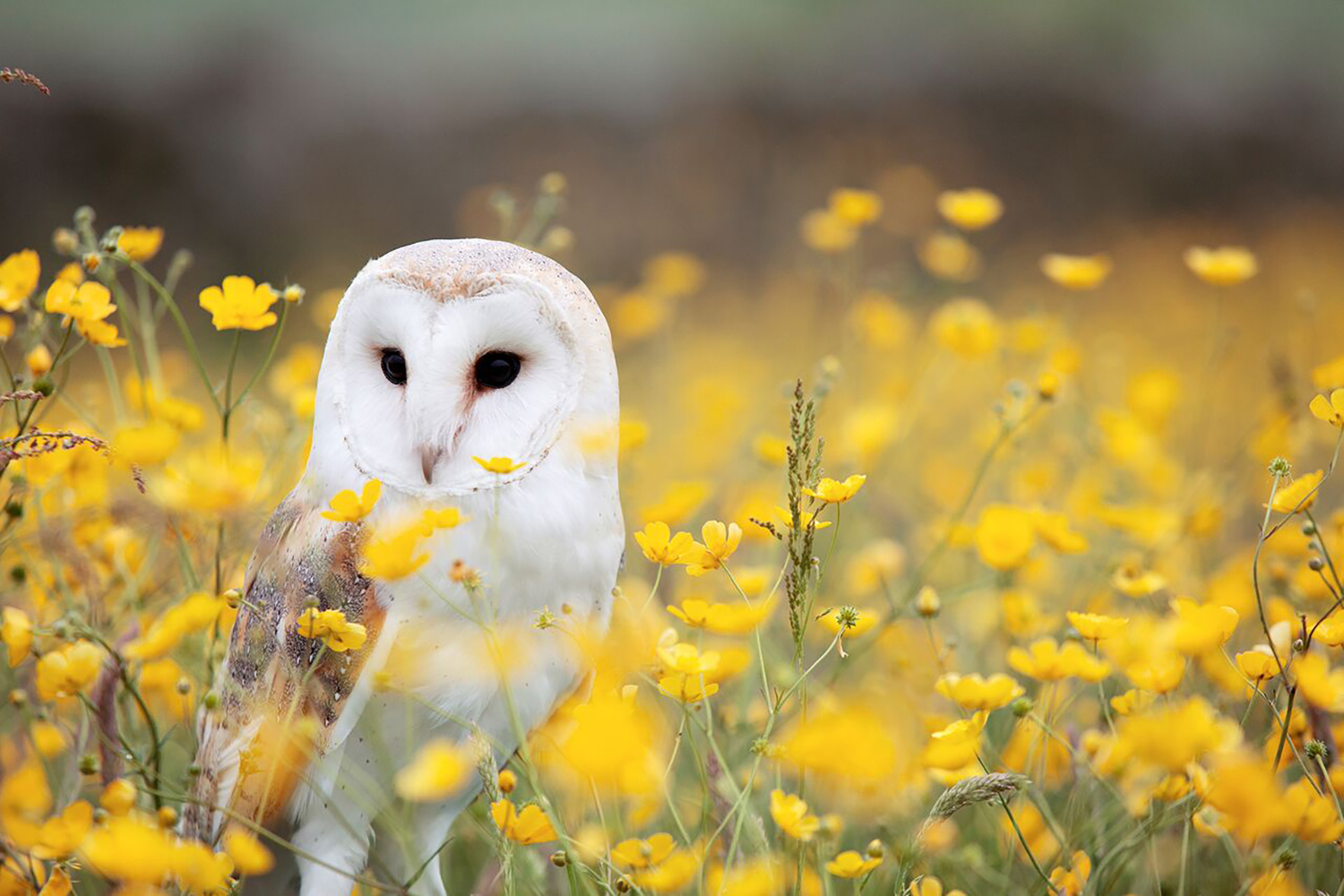
Most undomesticated animals prefer to keep their distance from humans, so having a telephoto lens is crucial for wildlife photography. If you’re shooting with a DSLR or mirrorless camera, we recommend using a zoom lens with a focal length of at least 200mm. If you’re using a point-and-shoot, opt for a camera with at least a 60x optical zoom, such as the Nikon Coolpix P900 or Canon Powershot SX60 HS.
Credit: Pexels.com
Don’t use flash
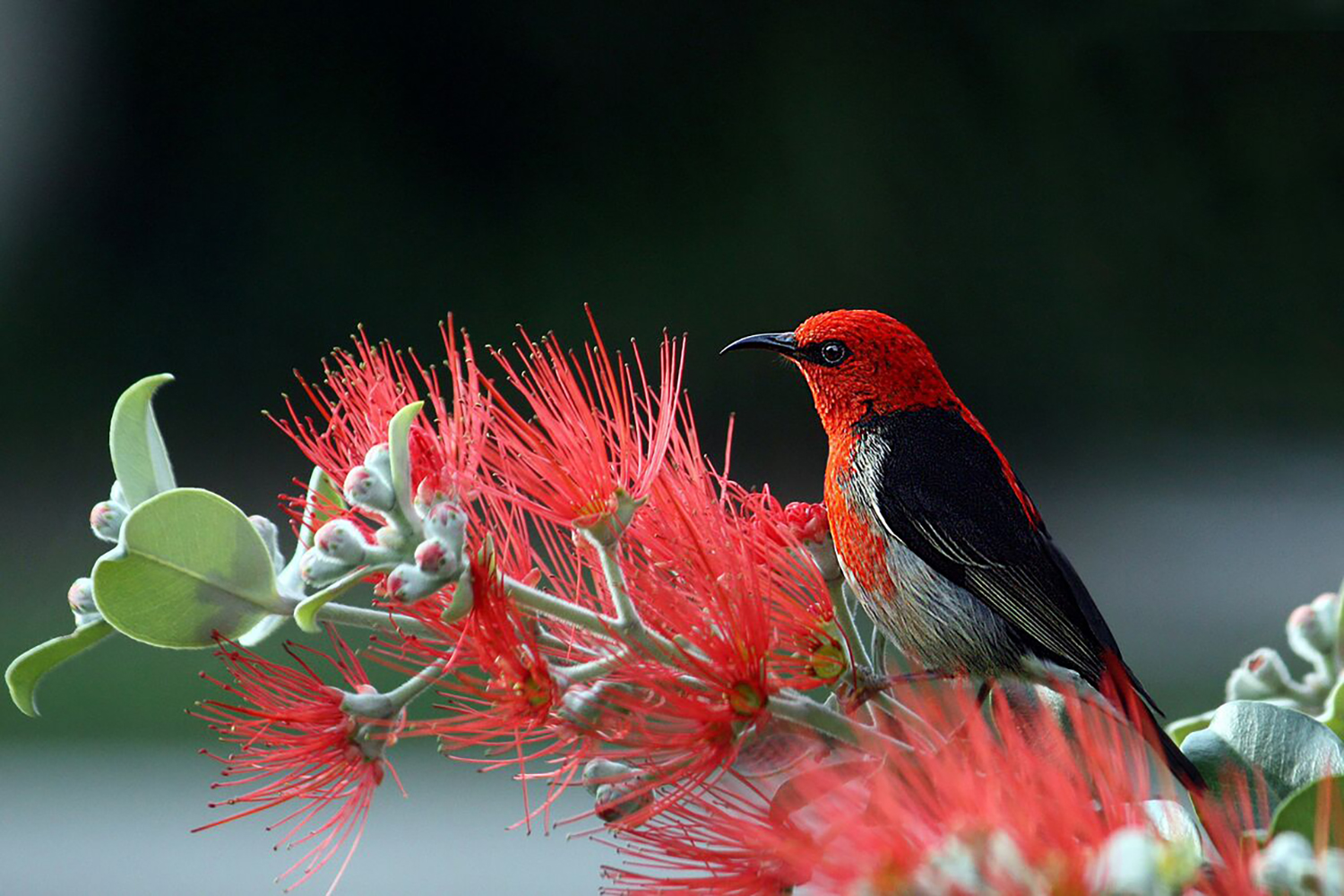
In most situations, professional wildlife photographers avoid using a flash. Not only is a sudden burst of light a great way to startle a wild animal, but the flash also tends to produce harsh and unnatural lighting (and probably won’t be powerful enough to reach your subject from a distance). If your camera has a built-in flash, remember to disable it before you begin shooting.
Credit: Lacey Johnson
Sign up to get the BEST of Tom's Guide direct to your inbox.
Get instant access to breaking news, the hottest reviews, great deals and helpful tips.
Make yourself scarce
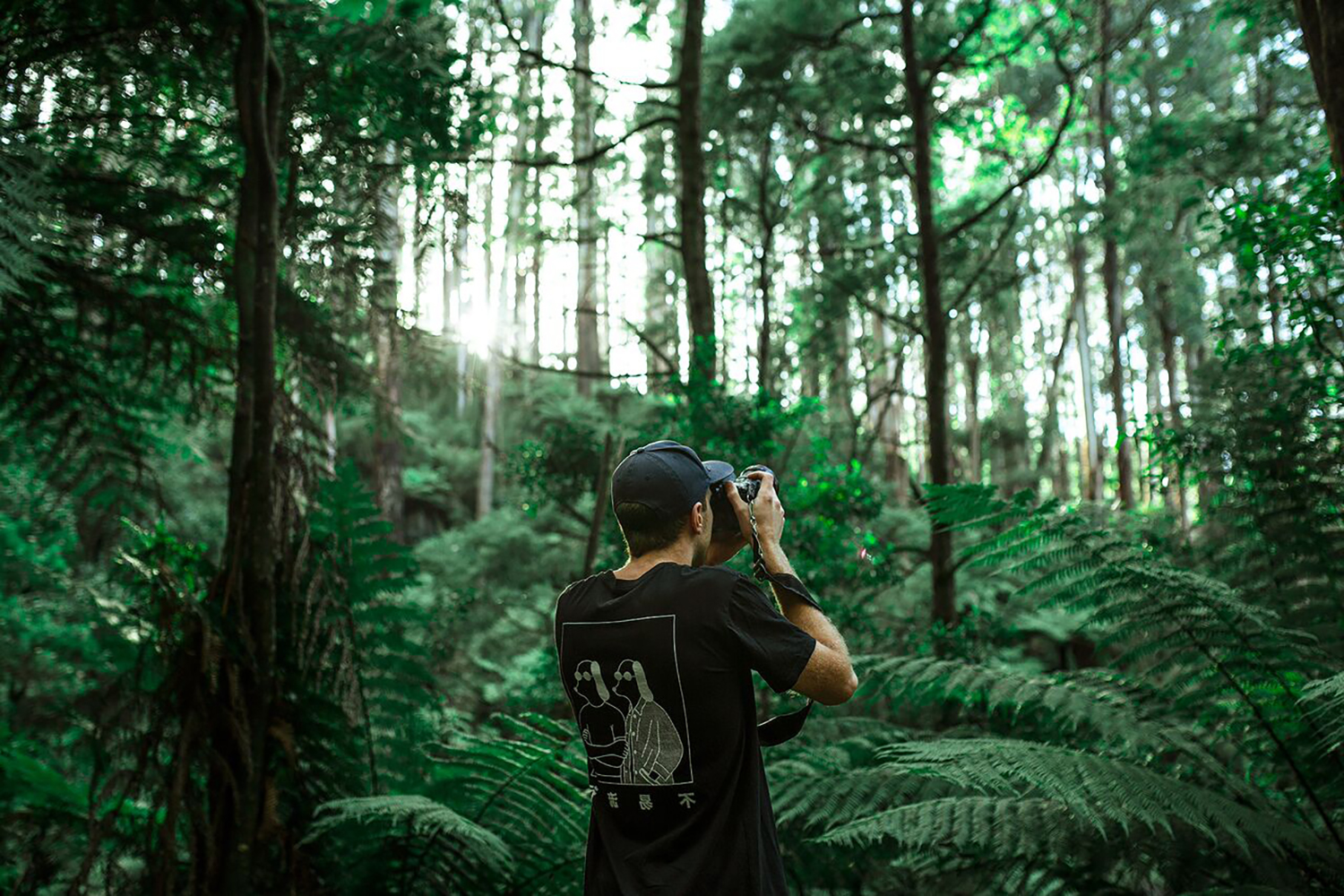
To photograph wild animals in their natural state, you may need to go incognito. Many professionals will wear camouflage clothing or use a hunting hide to disguise themselves. If you can, opt for a camera with a quiet shutter, or wrap fabric around your camera to help muffle any noises.
Credit: Pexels.com
Use a fast shutter speed
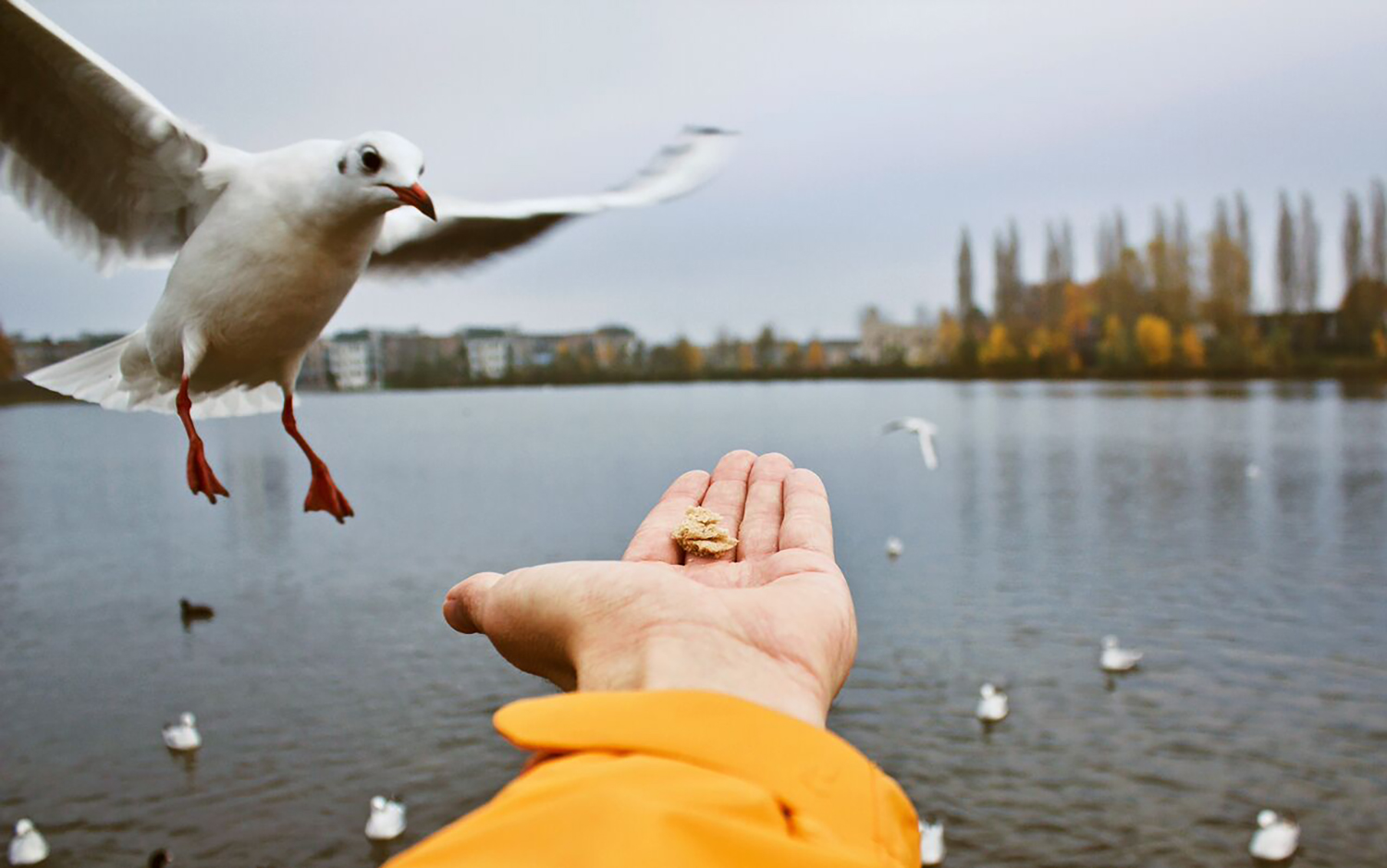
Between darting animals and intensified camera shake (caused by using a long lens), it's easy to end up with blurry wildlife photos. To ensure your pictures stay sharp, we recommend shooting most animal encounters at 1/1000th of a second. To freeze an especially fast creature, like a bolting cheetah or a soaring eagle, use a shutter speed of at least 1/4000. When shooting on an overcast day or when the sun is low in the sky, plan on cranking up your ISO to 1000 or more to maintain a correct exposure.
Credit: Pexels.com
Take advantage of your camera’s burst mode
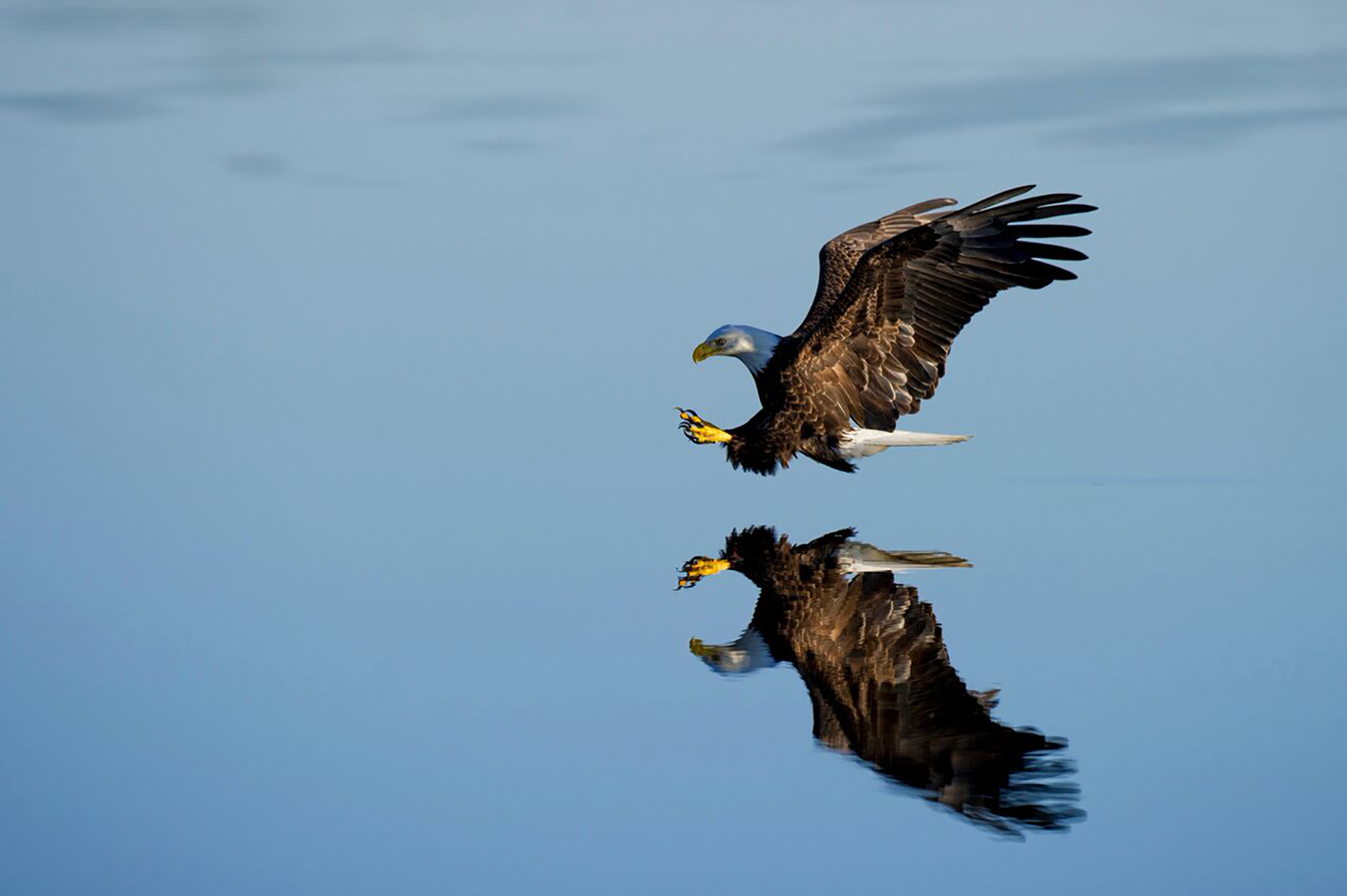
In addition to shooting with a fast shutter speed, it’s good practice to capture action shots using your camera’s rapid-fire or “burst mode” setting. Most cameras can take between 3 and 20 images per second, increasing your odds of nailing the perfect shot. Just remember to use a memory card with a write speed of at least 95MB/second so your camera doesn't seize up while processing the photos.
Credit: Pexels.com
Go macro
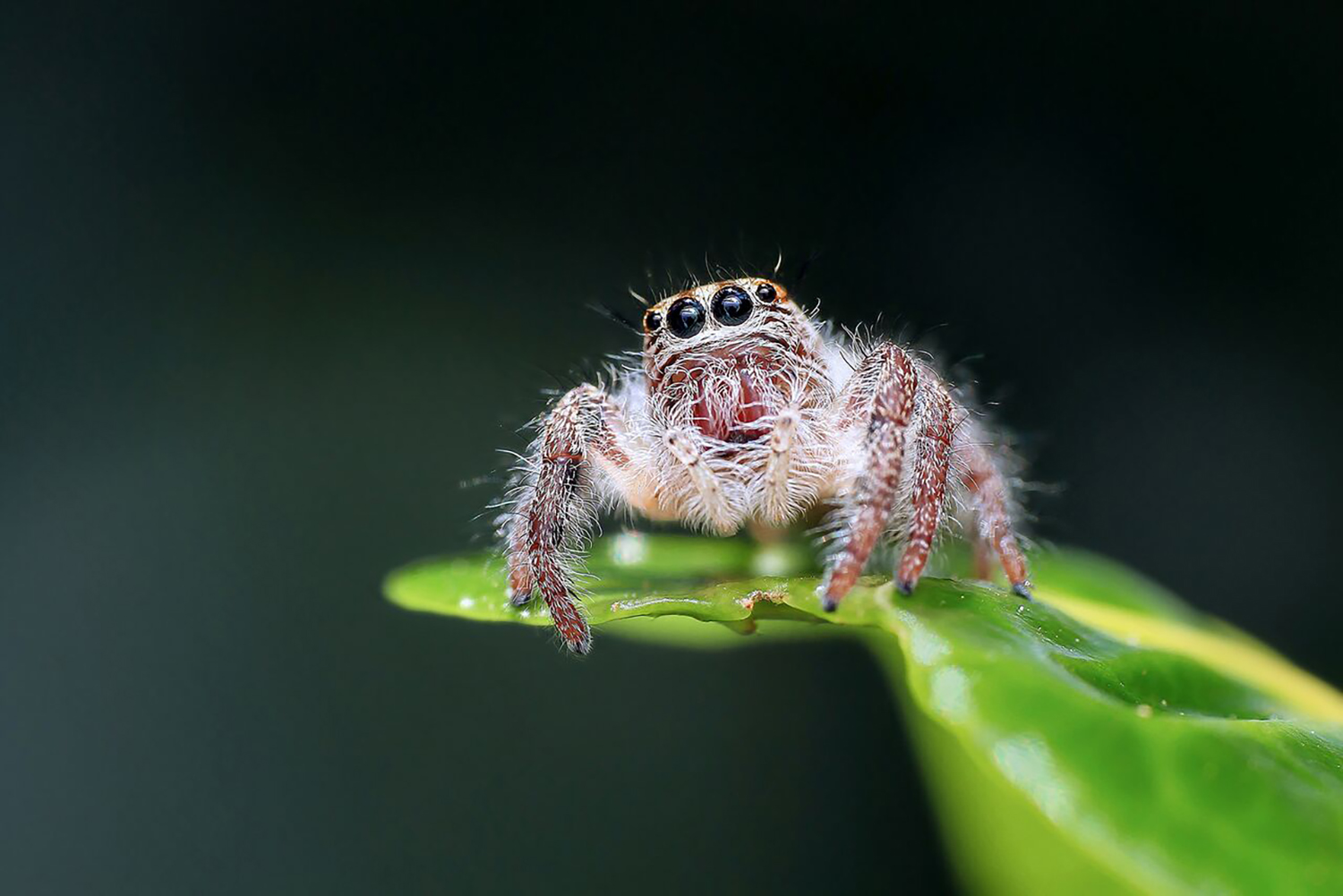
A macro lens is a great tool for shooting small reptiles and tiny insects that typically go unnoticed. These close-range lenses are available for most DSLR and mirrorless camera models, while some point-and-shoots have a built-in macro setting that can be switched on. Macro photography forces you to get close to your subject, so remember to move slowly and avoid making any sudden movements.
Credit: Pexels.com
Be patient
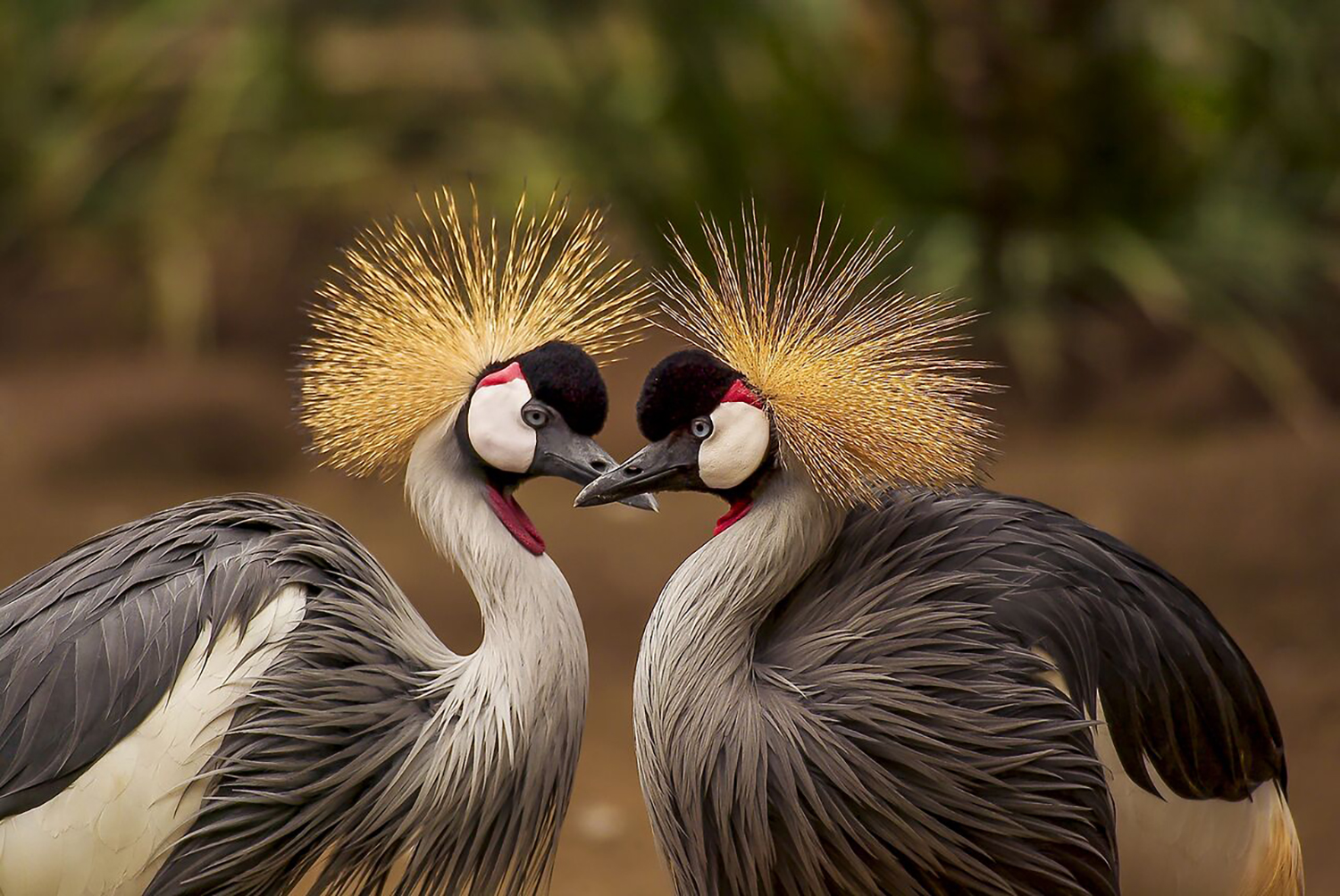
The best wildlife photographers possess Zen-like patience. Cinematographer Paul Stewart is known to have hunkered down in a hideout up to 9 hours a day for weeks on end to capture footage of a bird’s mating dance for the documentary Planet Earth. Most people will never go to such great lengths, but you should still expect to wait a while for the right shot to present itself.
Credit: Pexels.com
Avoid shooting around midday
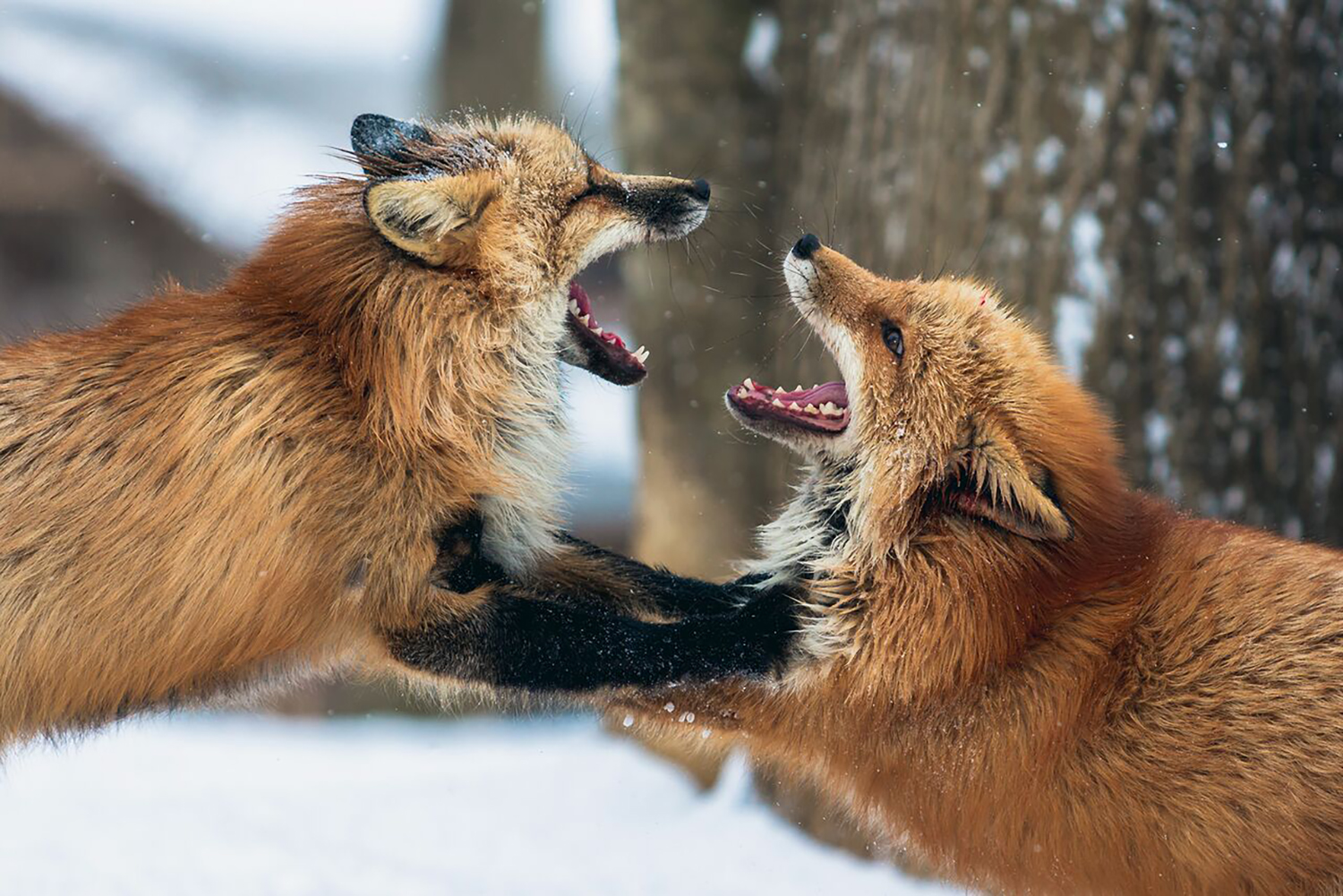
Dawn and dusk are ideal times for shooting wildlife photography. Not only will you avoid the harsh midday sun, but many animals are more active during these hours because the temperature tends to be cooler. If you’re trying to photograph a particular species, do some research to determine the best time to begin shooting.
Credit: Pexels.com
Keep your distance
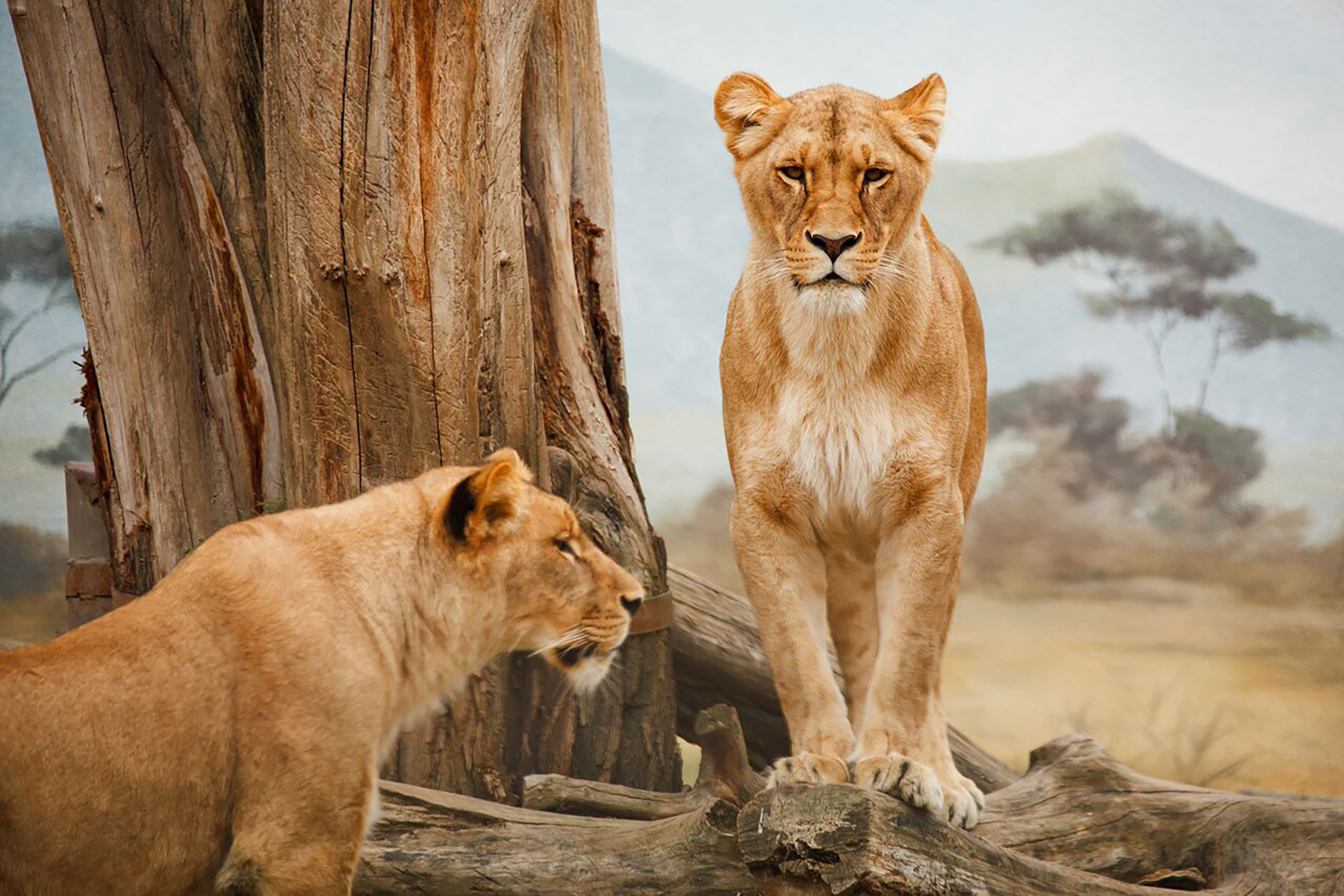
Remember not to put yourself in danger while trying to get the perfect shot. The safest way to photograph large carnivores, such as grizzly bears or big cats, is from a vehicle. If that’s not an option, shoot with the longest lens you have and arm yourself with bear spray and bear bangers, just in case your subject turns aggressive.
Credit: Pexels.com
Avoid baiting wild animals
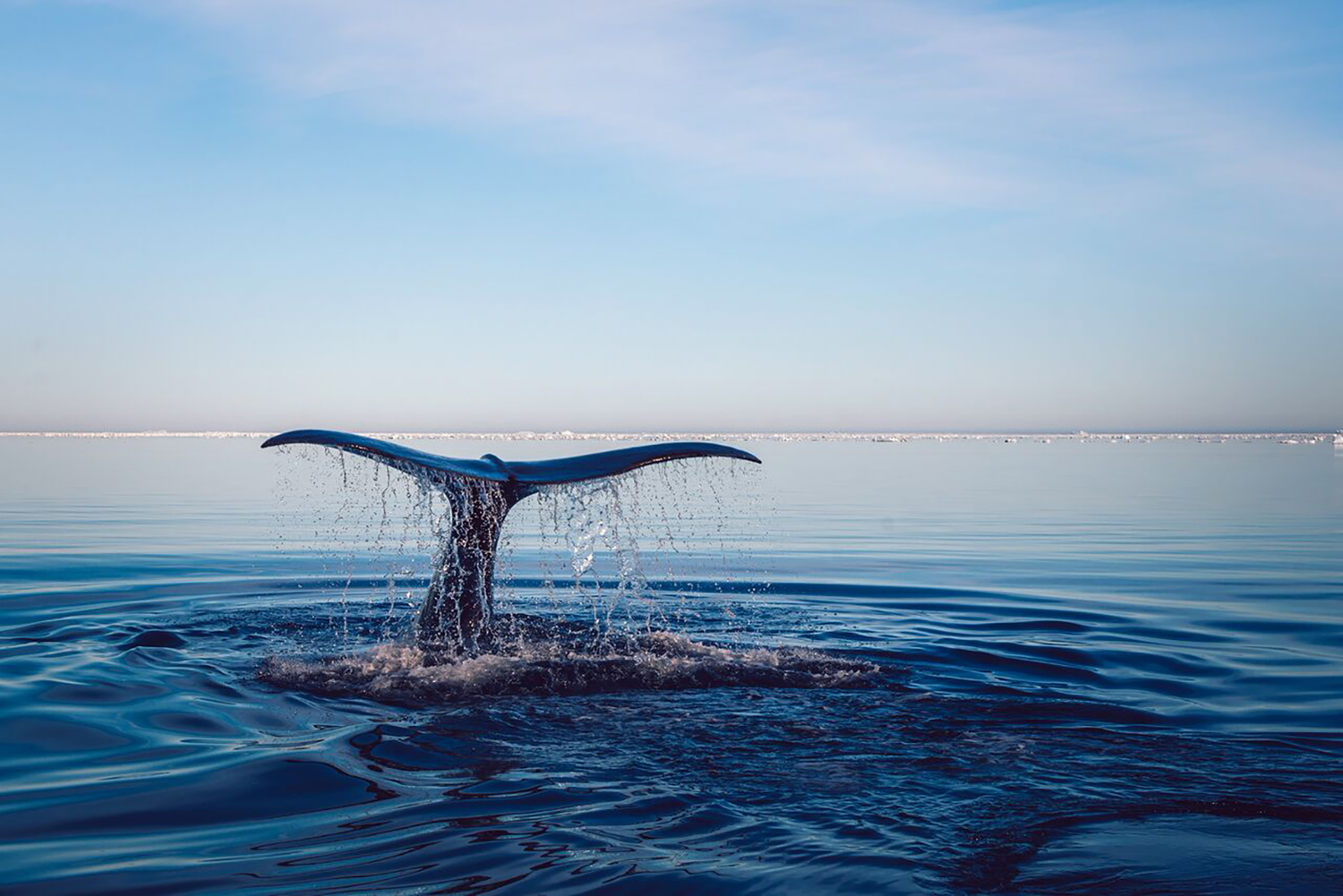
Baiting wildlife is considered an ethical no-no by most nature photography organizations because it can have a harmful effect on animals. If ethics aren’t enough to dissuade you, many states impose steep fines if they catch photographers offering food to wild animals, and several photo contests won’t accept baited shots.
That being said, it’s generally acceptable to lure pigeons and seagulls using bread crumbs (they eat human scraps off the ground anyway), or you can set up feeders to attract birds to your backyard.
Credit: Pexels.com
Venture underwater

Going underwater with your camera is a fun way to take your wildlife photography to the next level. For the best results, you should use a DSLR camera encased in (pricey) waterproof housing or borrow a similar set-up from a local rental house. A more affordable option is to buy a waterproof point-and-shoot camera, such as the Olympus TG-4 or the Nikon Coolpix AW130. Remember that you’ll probably need to use your camera’s flash or an underwater flashlight if you’re shooting more than a few feet below the surface.
Credit: Pexels.com

Lacey is a freelance journalist and photographer based in Washington, D.C. with a specific interest in a variety of scientific topics including climate change, health, and renewable energy. She is also a keen photographer and her work has appeared in numerous national and international publications. Many of her articles on Tom's Guide are geared towards helping you take better pictures.
